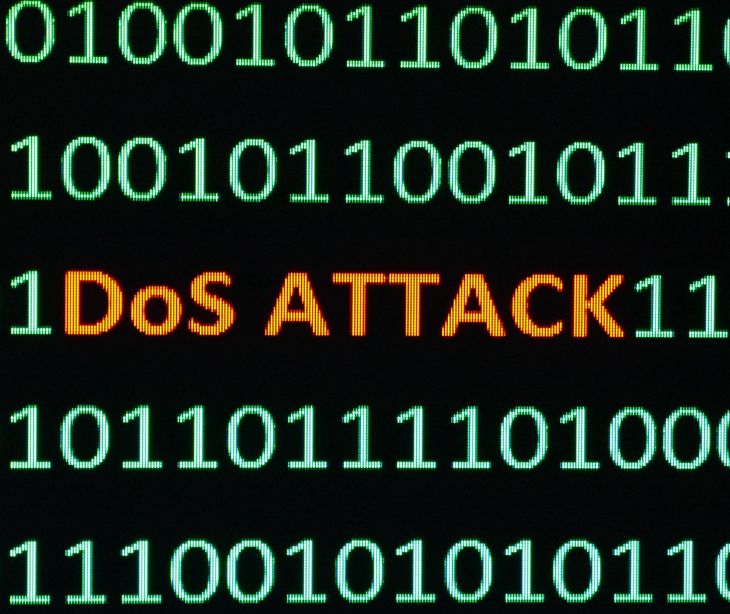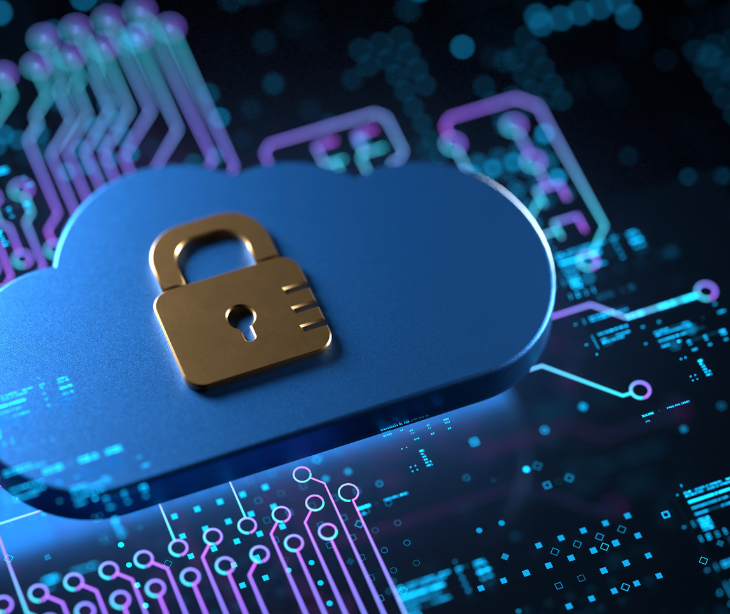3 min read
The trickle-down effect of email DoS (denial of service) attacks
Kirsten Peremore
May 15, 2024

The trickle-down effect of an email DoS (Denial of Service) attack occurs because the initial disruption of email services leads to a cascade of secondary problems throughout the healthcare organization. When the email system goes down, critical lab results are delayed, which postpones diagnoses and treatments.
What is the trickle-down effect?
The trickle-down effect refers to how the impact of an event, such as a cyberattack, extends beyond the immediate target to affect other interconnected systems and individuals. This effect means that while a DoS attack mainly disrupts the targeted website or service, its repercussions spread to other areas.
For example, when a company's website is taken offline by a DoS attack, its business partners, suppliers, and customers also suffer. An Investopedia article on the main impacts of cybersecurity attacks provided, “Dealing with online criminals increases cybersecurity costs, which may ultimately trickle down to consumers in the form of higher prices.” This was reflected in the same article by a report that “Companies lost $1.8 billion to cybercrime in 2019, according to business insurer Hiscox.”
These secondary effects occur because the attack disrupts supply chains, delays services, and undermines customer trust. Primary consequences, like service disruptions and financial losses for the targeted company, create a cascade of secondary consequences, affecting the broader economy and society.
See also: Preventing the spread of cybersecurity attacks in healthcare
The primary impact of a DoS attack
Communication breakdown: An email DoS attack causes a communication breakdown by flooding the email server with an overwhelming volume of requests, rendering it unable to process legitimate emails. Healthcare organizations rely heavily on email for coordinating patient care, scheduling appointments, and communicating with staff and external partners. When the email system is down, critical information cannot be shared, leading to confusion, missed appointments, and delays in patient care.
Customer frustration: Customer frustration arises when patients and other stakeholders can't reach healthcare providers via email. Patients may be trying to confirm appointments, request prescription refills, or ask questions about their treatment plans. When emails go unanswered due to the DoS attack, patients feel ignored and anxious.
Operational delays: Operational delays occur because an email DoS attack disrupts the normal workflow within a healthcare organization. Staff members cannot send or receive information needed to perform their duties effectively. This impacts everything from administrative tasks to clinical operations.
Emergency protocol activation: Emergency protocol activation is triggered when the healthcare organization recognizes the severity of the email DoS attack. The organization must quickly implement its incident response plan, which may involve mobilizing IT and cybersecurity teams to mitigate the attack, informing staff of alternative communication methods, and possibly notifying patients and partners about the disruption.
See also: Types of cyber threats
The secondary impact of DoS attack
Secondary effects of an email DoS attack arise because the initial disruption of email services leads to delays in communications and operations within healthcare organizations. These effects are not easily avoidable, as email is a primary mode of communication for coordinating patient care, administrative tasks, and external collaborations.
Instances of secondary impacts include:
- Delayed lab results can prevent timely diagnosis and treatment of serious conditions like infectious diseases or cancer.
- Disrupted organ transplants, which depend on precise timing and coordination, can jeopardize patient outcomes.
- Interrupted telemedicine services impact patients in rural or underserved areas who rely on remote consultations for healthcare access.
- Email-based prescription requests and approvals may be delayed, leading to interruptions in medication schedules, particularly for patients with chronic conditions.
- Delays in patient referrals affect the timely transfer of information and appointment scheduling.
- Clinical research and trials, which depend on email for data sharing and coordination, can experience setbacks, delaying medical advancements.
- Staff credentialing processes, often reliant on email communication, can be delayed, impacting staffing and operational efficiency.
- Missed routine follow-up communications with patients can affect post-treatment care and chronic disease management.
- Supply chain disruptions caused by delayed orders for medical supplies can lead to shortages of critical items.
- Hindered communication with external health agencies can affect public health initiatives and responses.
See also: HIPAA Compliant Email: The Definitive Guide
FAQs
What is an email DoS attack?
An email DoS attack is a malicious attempt to overwhelm an email server with excessive requests, rendering it unable to process legitimate emails.
How long does it typically take to recover from an email DoS attack?
Recovery from an email DoS attack can vary widely, typically ranging from a few hours to several days, depending on the severity of the attack and the effectiveness of the response measures.
Can DoS attacks affect mobile email applications?
Yes, DoS attacks can affect mobile email applications if the email servers they rely on are overwhelmed and unable to process requests.
Subscribe to Paubox Weekly
Every Friday we'll bring you the most important news from Paubox. Our aim is to make you smarter, faster.




